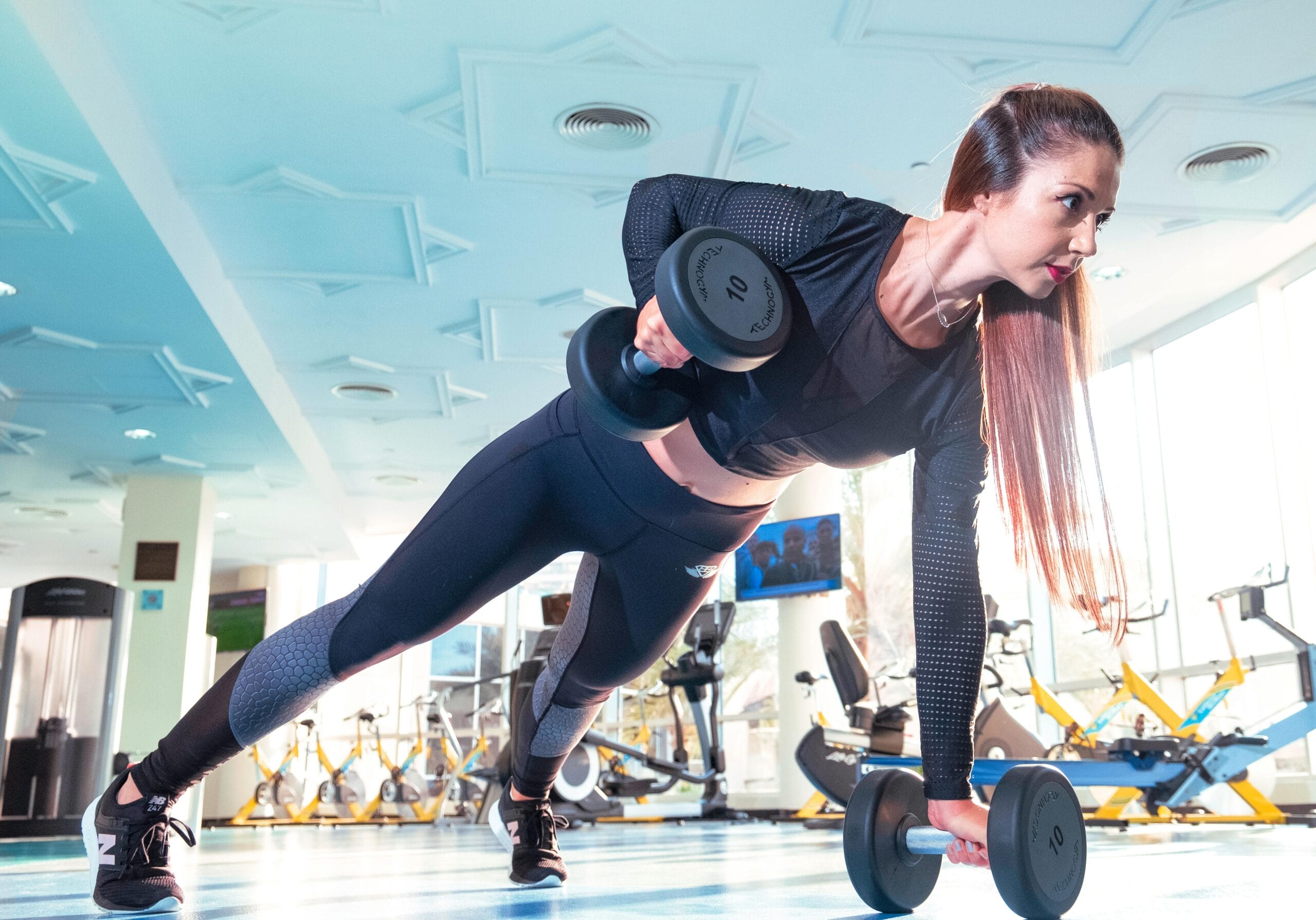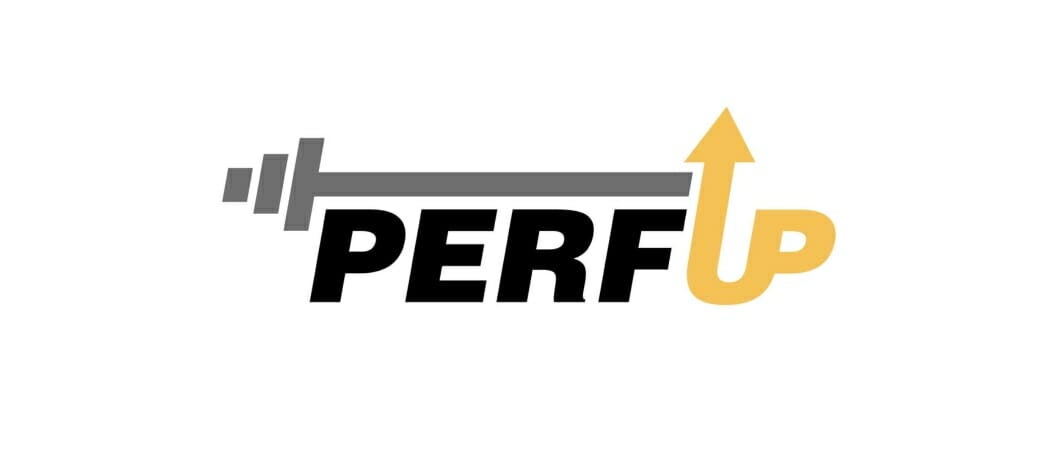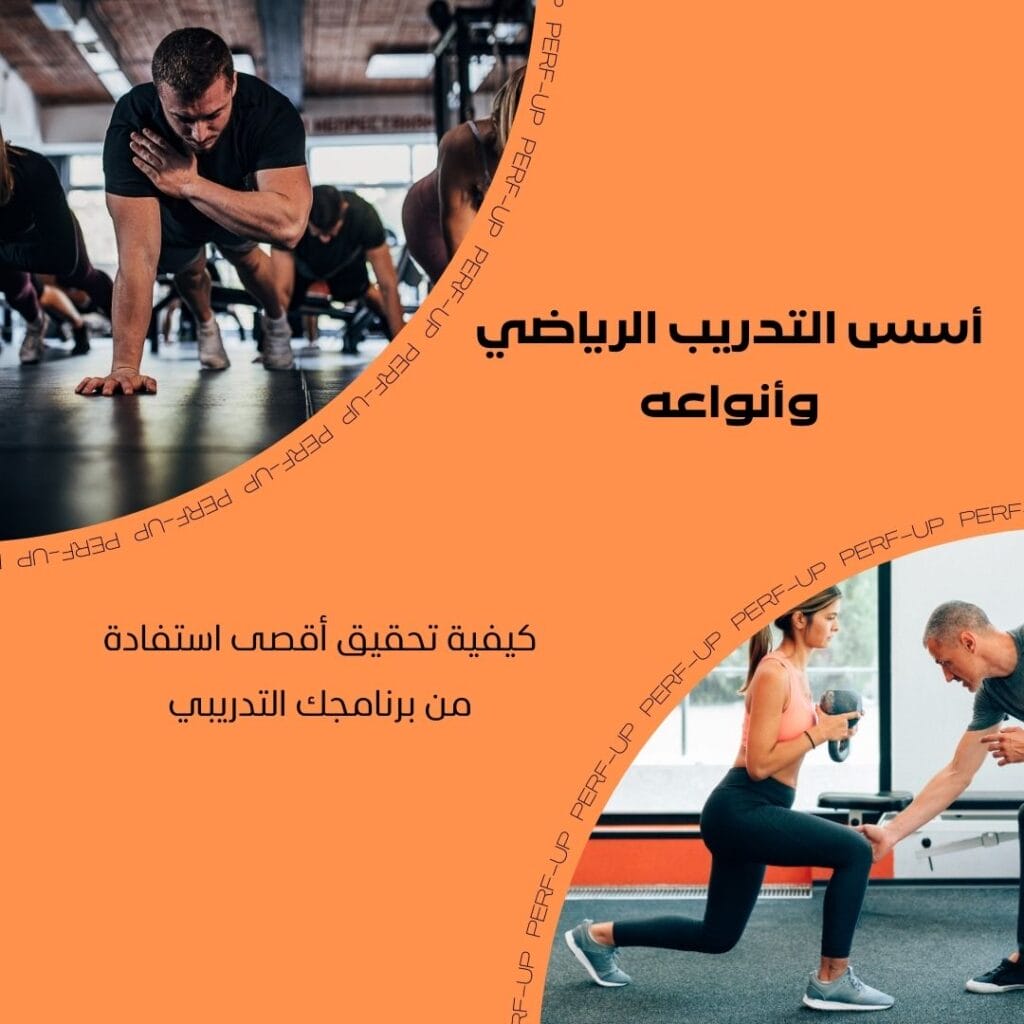
Exploring the world of athletic training: A comprehensive guide to the types and methods of athletic training
- Categories Fitness, Athletic Training
There are many sports training methods that can be used to achieve your fitness goals and improve your athletic performance. Some of the most important are:
Types of athletic training:
-
-
Aerobic training (cardio)
-
- Definition: This type of training focuses on improving the efficiency of the heart and lungs by increasing the body's ability to use oxygen.
-
- Examples: Common activities in this type of training include running, cycling, swimming and brisk walking.
-
- Benefits: Aerobic training helps burn fat, improve cardiovascular health, and increase endurance.
-
-
-
-
Anaerobic training
-
- Definition: This type of training involves short-term, high-intensity workouts where the body relies on the energy stored in the muscles without the need for oxygen.
-
- Examples: Weightlifting, sprints, and jumping jacks.
-
- Benefits: Anaerobic training builds muscle, increases strength and speed, and improves muscular endurance.
-
-
-
-
Resistance Training
-
- Definition: This type of training aims to increase muscle strength and mass through the use of weights or resistance equipment.
-
- Examples: Free weights, resistance machines, and bodyweight resistance exercises such as push-ups and pull-ups.
-
- Benefits: Resistance training helps improve muscular strength, increase muscle mass, and boost your metabolism.
-
-
-
-
Flexible training
-
- Definition: This type of training focuses on improving range of motion and flexibility in muscles and joints.
-
- Examples: Yoga, stretching, and ballistic exercises.
-
- Benefits: Flexible training helps reduce the risk of injuries, improve athletic performance, and increase overall fitness.
-
-
-
-
Integrative training
-
- Definition: This type of training combines several types of exercises to achieve overall fitness.
-
- Examples: Circuit training, Pilates, and CrossFit.
-
- Benefits: Integrative training provides fitness balance and improves all aspects of fitness such as strength, endurance, flexibility, and balance.
-
-
Athletic Training Methods
-
-
High Intensity Interval Training (HIIT)
-
- Definition: This type of training involves short periods of intense exercise followed by short rest periods.
-
- Benefits: HIIT is effective in burning fat, improving cardio fitness, and saving time, as good results can be obtained in a short period of time.
-
-
-
-
Traditional endurance training
-
- Definition: Includes continuous, slow-intensity exercise for long periods of time.
-
- Benefits: This type of training helps improve cardiovascular and muscular endurance, and increases the body's ability to use oxygen efficiently.
-
-
-
-
Interval training
-
- Definition: A combination of moderate-intensity exercise interspersed with short rest periods.
-
- Benefits: Interval training enhances athletic performance and increases cardiovascular and muscular endurance.
-
-
-
-
Functional training
-
- Definition: Includes exercises that mimic everyday movements to improve performance in everyday life.
-
- Benefits: Functional training reduces the risk of injury, improves coordination and balance, and increases the functional efficiency of the body.
-
-
-
-
Personal training
-
- Definition: A customized training program based on an individual's needs and goals.
-
- Benefits: Personal training helps achieve specific goals, and offers professional supervision and guidance to ensure proper and effective execution of exercises.
-
-
Steps to Effective Athletic Training
-
-
Evaluation and testing
-
- Goal: Assess current fitness level and set personal goals.
-
- Methods: Comprehensive fitness testing including measurements of strength, endurance, flexibility, and balance.
-
-
-
-
Program planning
-
- Objective: Develop a comprehensive training plan that includes all types and methods of exercises suitable for achieving the set goals.
-
- Methods: Determine the type of exercise, the number of weekly sessions, and the distribution of exercises between days.
-
-
-
-
Execution
-
- Objective: Follow the training program regularly with modifications as needed.
-
- Methods: Stick to scheduled exercises, monitor performance, and adjust exercises according to progress.
-
-
-
-
Recovery and rest
-
- Objective: Ensure adequate rest period to heal and prevent injuries.
-
- Methods: Include rest days in your training program, use recovery techniques such as massage, and get enough sleep.
-
-
Athletic training is a comprehensive process that aims to improve physical fitness and athletic performance through a variety of activities and exercises. By understanding the different types of sports training and how they are carried out, an effective training program can be built to suit each individual's needs and goals. Adhering to a proper training program ensures continuous progress and reaching specific fitness goals.
How to build an effective training program that fits each individual's needs and goals requires careful planning and ongoing evaluation. Here are the basic steps you can take to achieve this:
1. Assessing physical condition and goals
Initial assessment:
-
- Physical fitness tests: Measures muscle strength, cardiovascular endurance, flexibility, and balance.
-
- Health questionnaires: Gather information about general health status, medical history, and any potential health limitations or issues.
Goal setting:
-
- Short-term goals: Such as improving cardio fitness within 3 months.
-
- Long-term goals: Like losing a certain weight or achieving a certain level of strength within a year.
2. Designing the training program
Selection of activities:
-
- Diversity: Incorporate different types of exercises (cardio, resistance, flexibility, etc.) to achieve an overall balance.
-
- Personal preferences: Choosing activities that the individual enjoys to enhance commitment.
Select frequency and duration:
-
- Frequency: Determine the number of weekly sessions (usually 3 to 5).
-
- Duration: Determine the duration of each session (usually 30 to 60 minutes).
Determine the severity:
-
- Graduating in intensity: Starting at an appropriate intensity level and gradually increasing the intensity to make progress.
-
- Use intensity measurement tools: Such as heart rate or perceived exertion level (RPE).
3. Program implementation
Gradual start:
-
- Heating: Start with a 5-10 minute warm-up session.
-
- Vary the exercises: Incorporate a variety of exercises to maintain enthusiasm and prevent boredom.
-
- Cooling down: End the session with cooling and stretching exercises to minimize injuries.
4. Continuous monitoring and evaluation
Performance evaluation:
-
- Periodic tests: Re-evaluate fitness every 4-6 weeks to measure progress.
-
- Modification of the program: Based on the results of the evaluations, the program can be modified to be more effective.
Self notes:
-
- Record of workouts: Keep a daily log of workouts and notes on performance and overall feeling.
-
- Interaction with the instructor: If there is an instructor, ongoing interaction with them can provide valuable guidance.
5. Periodic adjustments
Exercise progression:
-
- Gradually increase the intensity: Adjust the weight, number of repetitions, or duration to make steady progress.
-
- Diversify exercises: Add new exercises or modify existing ones to stimulate the muscles differently.
Rest periods:
-
- Active rest: Include active rest days that include light activities such as walking or yoga.
-
- Full rest: Make sure there are full rest days to give the body a chance to recover.
6. Nutrition and sleep
Nutrition:
-
- A balanced diet: Eat meals rich in proteins, complex carbohydrates, and healthy fats.
-
- Hydration: Drink adequate amounts of water before, during, and after your workout.
sleep:
-
- Quality and quantity: Make sure you get 7-9 hours of quality sleep at night to support recovery and muscle growth.
7. Support and motivation
Finding a workout partner:
-
- Mutual motivation: Training with a partner can boost commitment and motivation.
Determination of bonuses:
-
- Intrinsic rewards: Set rewards for achieving goals as an added incentive.
8. Modern techniques and tools
Use of technology:
-
- Sports apps: Track progress and plan workouts with customized apps.
-
- Wearables: Such as smartwatches and heart rate monitors to monitor performance.
By following these steps, an effective and customized training program can be built to suit each individual's needs and goals, ensuring continuous progress and reaching specific fitness goals. A person's commitment to training and constant evaluation is the key to fitness success.
Next post
Optimal sports nutrition: How to support your body for optimal athletic performance
You may also like

The effects of strength training on the human body and physiology






